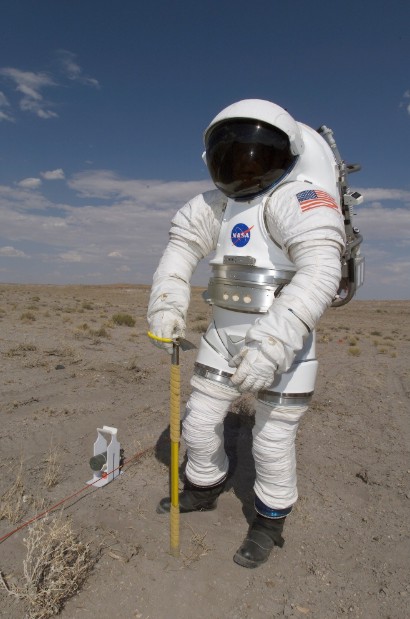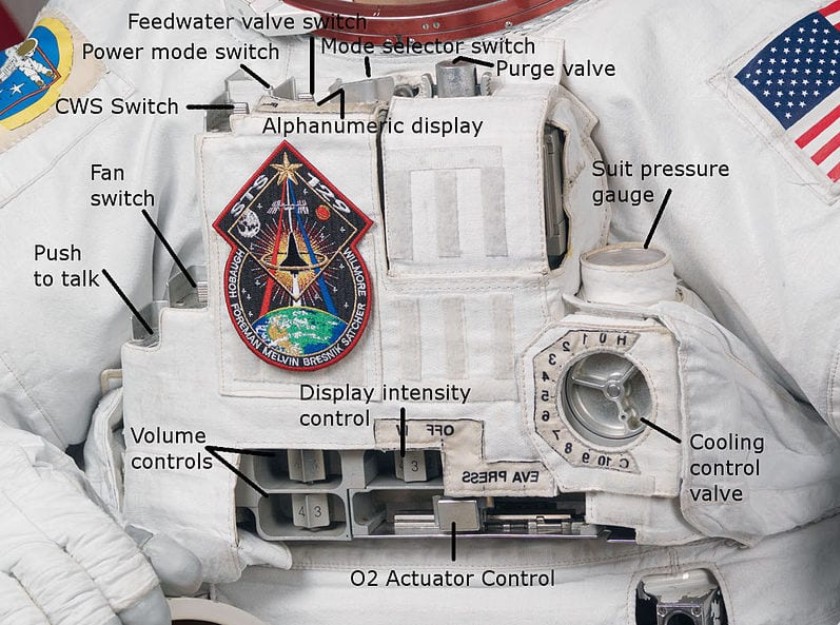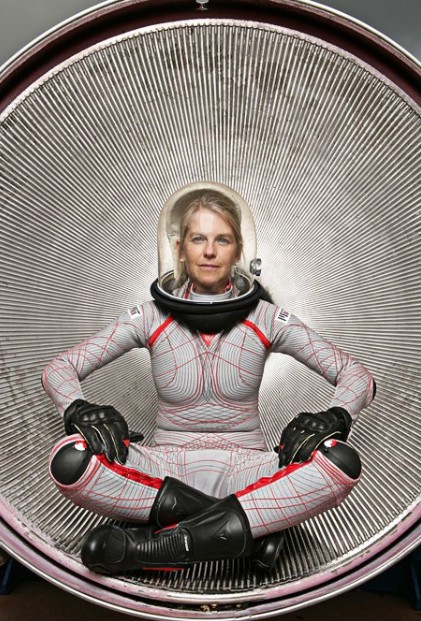astr10
The future of space suits will be foucused on materials: the goal of the researchers is to develop devices that can leave the astronaut with more mobility, especially on the joints and hands.
The current suits in fact, especially those destined to spacewalks and outdoor use, once pressurized become so thick and rigid as to make the movement of the fingers difficult.
And then there is the problem of weight, on Mars an extravehicular suit like those used today on the ISS would weigh over 43 kg: a little too much even for the most trained physicists.
Among the models that NASA is testing there is the Mark III suit (pictured): designed specifically for the return to the moon and for the exploration of Mars, it is not worn but it is entered through a rear opening.
Unlike those used on the Moon by Apollo crews, this allows you to bend your knees, for example to collect samples, and has an autonomy of 150 hours.
Built with a modular criterion, it can be lengthened, shortened, enlarged or restricted according to the rider’s measurements. NASA


